Tarpaulin No. 3 1975
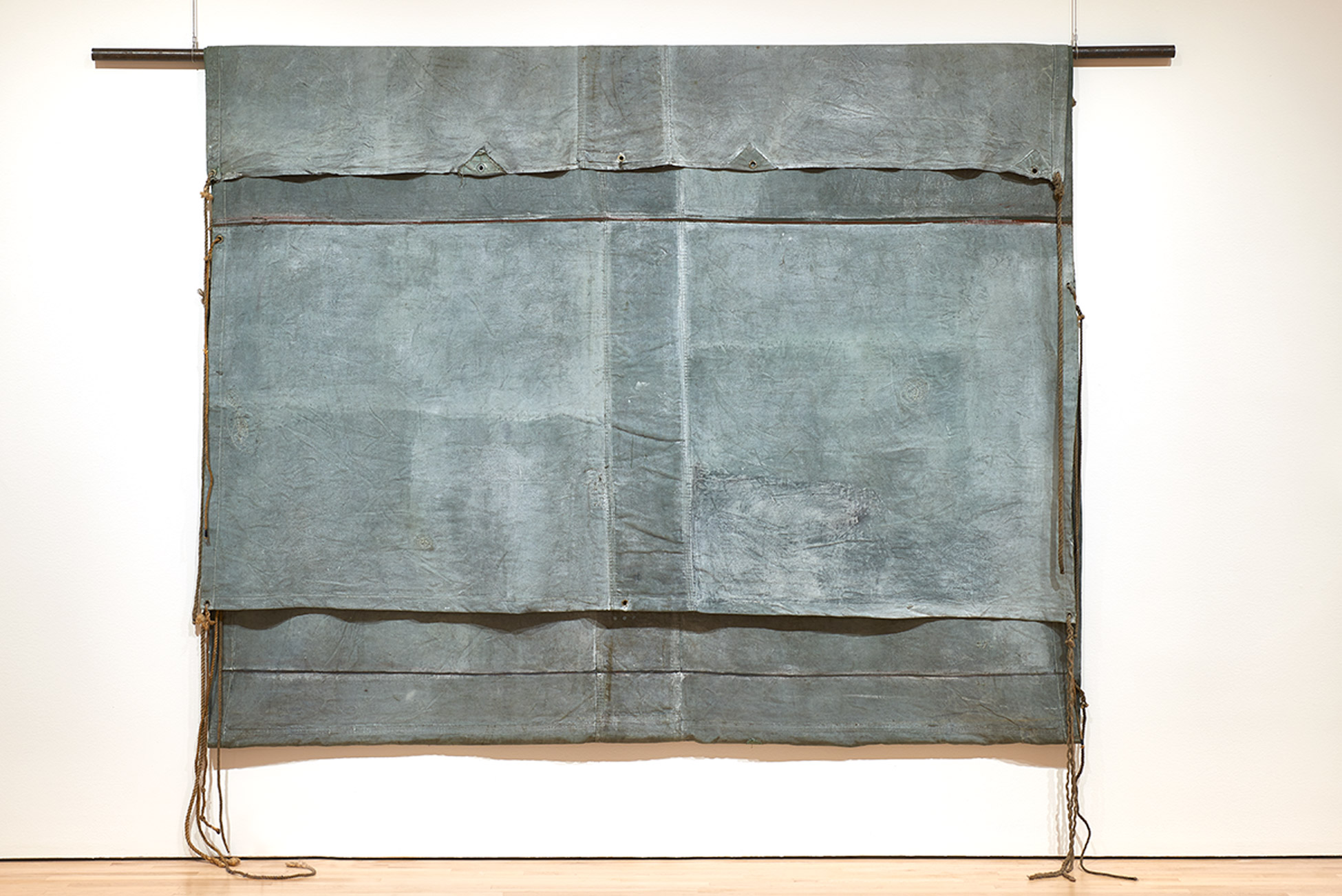
Betty Goodwin, Tarpaulin No. 3, 1975
Gesso, pastel, chalk, and charcoal on canvas with metal grommets and rope,
231 x 293.5 cm
National Gallery of Canada, Ottawa
Betty Goodwin’s first real foray beyond the traditional media of drawing, painting, and printmaking came in the mid-1970s with her transformation of canvas transport tarpaulins. Her iconic Vest series, 1969–74, had initiated her interest in working with found objects, and during walks around her city she began photographing tarpaulins on the trucks circulating in her Plateau Mont-Royal neighbourhood. She was attracted to the way they both secured and obscured the cargo they covered, as she had been with the wrapped contents of her parcel prints.
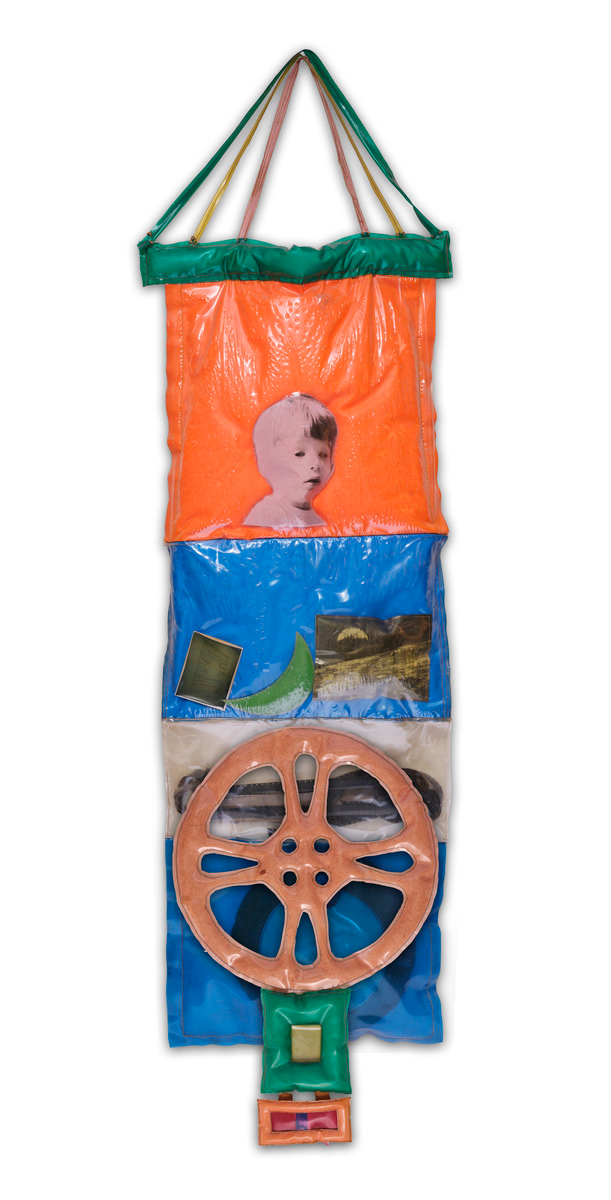
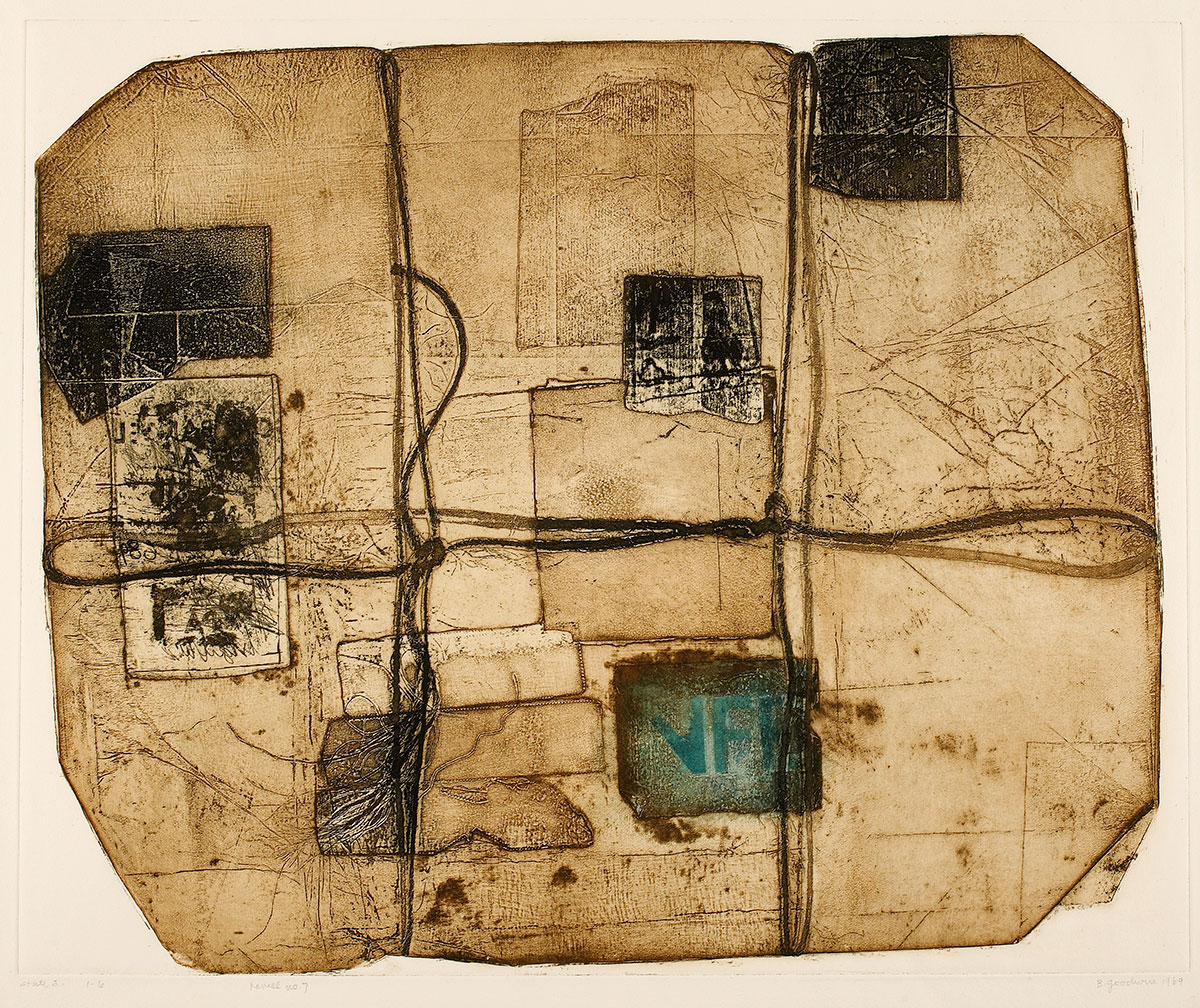
Goodwin subsequently acquired several tarpaulins from a repair depot and, with a larger studio space, began to rework their worn surfaces. She laid them out on the floor, washing them and covering some with a transparent layer of gesso that highlighted surface irregularities. As she subtly manipulated them, she was attentive to holes and tears, inherent markers of their existence in time, and she highlighted these as well as repairs and stains with pencil, charcoal, and oil stick.
Tarpaulin No. 3 is folded in successive layers, each revealing a thicker seamed area that is aligned as a dark ”stripe” dividing the composition. The details of wear and repair are accentuated with white gesso, while charcoal has been used to draw out a play of light and shadow on this nuanced surface. The ropes dangling on either side touch the floor, establishing the utilitarian origins of tarpaulin and its existence in real space, thus disturbing the possibility of a purely illusionistic plane, like that of a painting. Yet, interestingly, this work is still classified in catalogue records with the medium description “painting,” which was given at the time of its acquisition by the National Gallery of Canada in 1976. Goodwin’s approach and the material she worked with defied a standard medium definition, yet there was no other appropriate one that could be used.
Suspended on rods and hung on the wall, Goodwin gave new form to these large, unwieldy tarpaulins, refolding them in different configurations that indeed resemble paintings as much as fabric hangings. At the same time, folding and layering brought the finished work closer to sculptural three dimensionality. Ultimately, the tarpaulins resist classification; with this series, Goodwin invented wholly original works—testimony to her extraordinary ability to both transform and retain the essential character of found objects.
While artists such as Eva Hesse (1936–1970), Claes Oldenburg (1929–2022), and Joyce Wieland (1930–1998) had explored non-art materials, including fabric and plastic, in Minimal and Pop art forms, as in Wieland’s The Space of the Lama, 1966, Goodwin was attracted to the intrinsic record of material life through time that the weather-worn industrial canvas tarpaulins offered. Vancouver critic Joan Lowndes referred to these pieces as “contemporary tapestries.” Though Goodwin was not interested in the craft required to make fabric works, today this designation using a term more familiar to fibre arts invites a reassessment of her tarpaulins within the context of art by women artists who made abstract pieces using fibre or fabric in the 1960s and 1970s.
The tarpaulins represent a unique advance in Goodwin’s work, both in scale and their distinct materiality. Though grounded in a recognizable object, these pieces are fundamentally abstract. In 1976, when the Musée d’art contemporain de Montréal gave Goodwin her first survey exhibition, nine tarpaulins were featured. These pieces led the way to her working on a significant scale in three dimensions.

 About the Author
About the Author
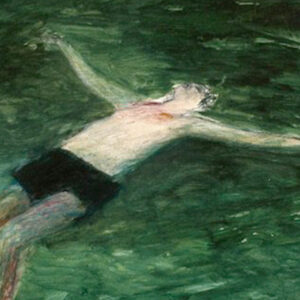 More Online Art Books
More Online Art Books
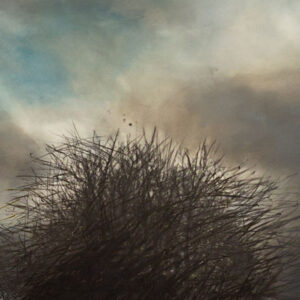 Acknowledgements
Acknowledgements